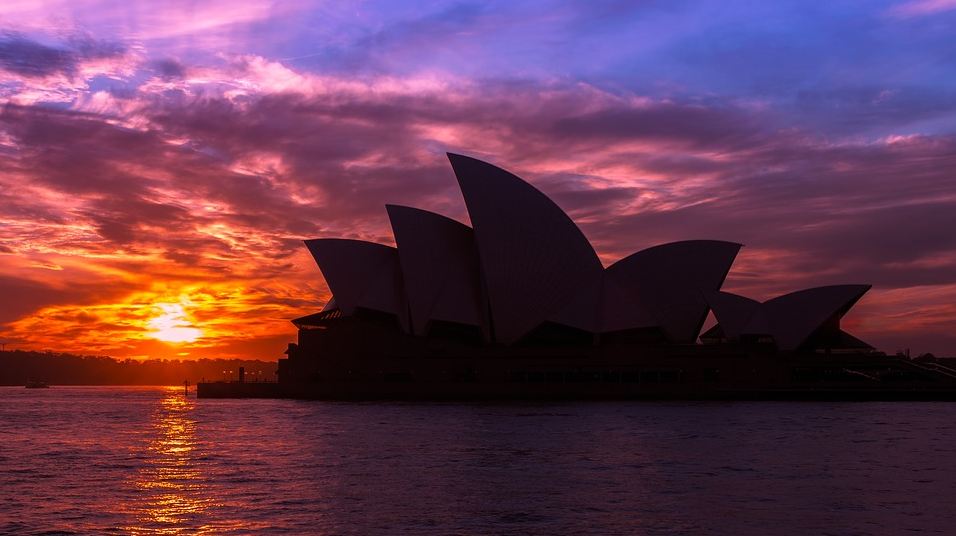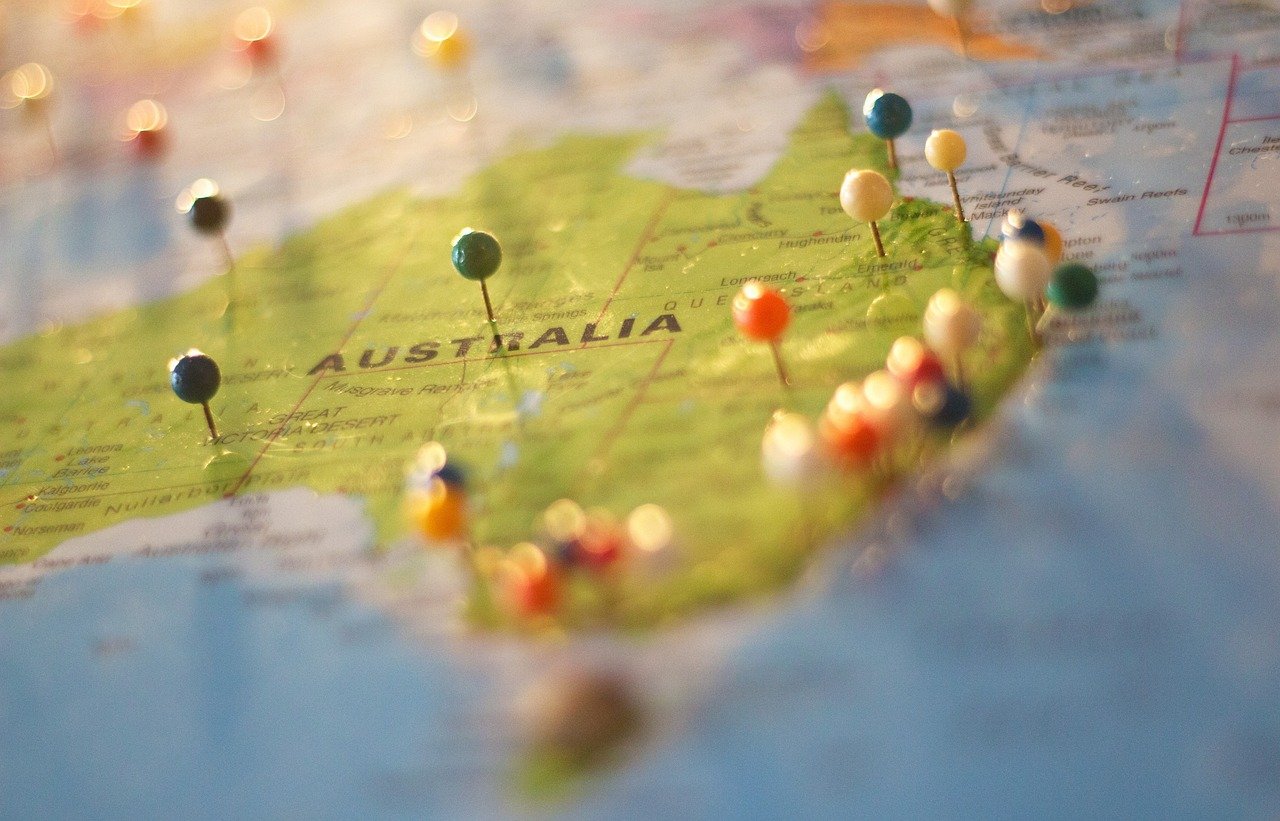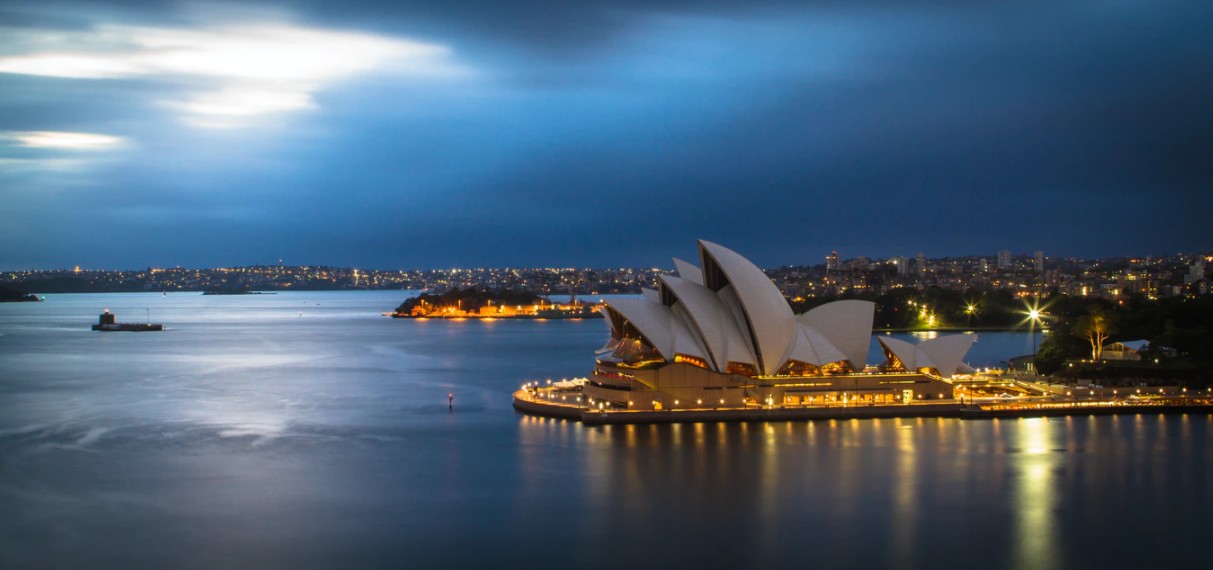When Is Winter in Australia? Exploring the Southern Hemisphere’s Cold Season
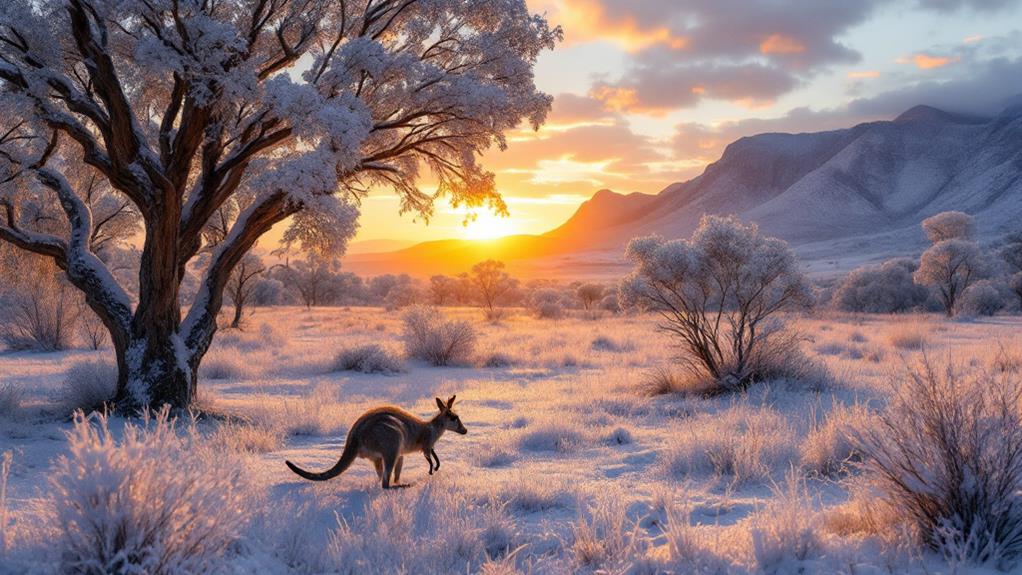
You'll find winter in Australia from June 1 to August 31, with July as the coldest month. In the southeast, places like New South Wales and Tasmania experience chilly temperatures, while the northern regions stay warmer and drier. Cities such as Sydney and Brisbane enjoy milder winter warmth. The Australian Alps are perfect for skiing, while coastal areas remain ideal for snorkeling and diving. Tasmania's Liawenee can reach frigid lows, making it the coldest spot. Regardless of your interest in winter sports or cozy retreats in South Australia's wine regions, there's something unique waiting for you to uncover next.
Timing of Winter Months
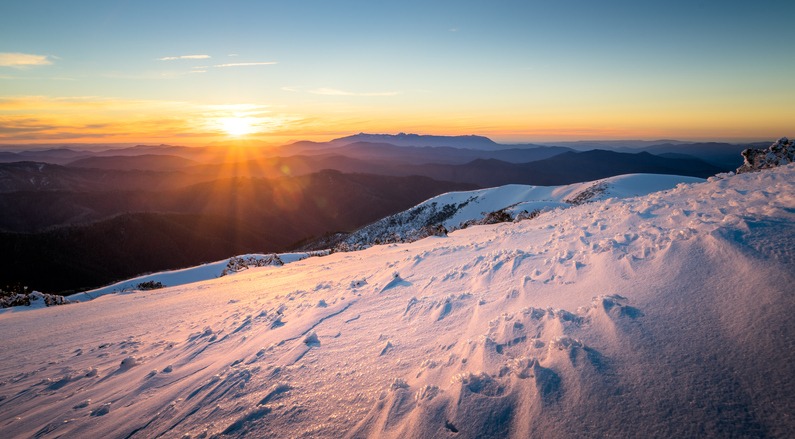
While most people associate winter with the Northern Hemisphere's end-of-year chill, in Australia, winter begins on June 1 and lasts until August 31. These months mark the coldest period in the Southern Hemisphere. You might find it fascinating that July is typically the coldest month across Australia. During this time, temperatures can vary considerably depending on where you are in the country.
In the southern regions, particularly in southeastern areas like New South Wales, Victoria, and Tasmania, you'll encounter some of the chilliest winter temperatures. In fact, places like Liawenee in Tasmania can reach lows of 6.4°F (-14°C). These regions are known for their cold, brisk winters, making them starkly different from what you might expect if you're familiar with Australia's typically warm image.
On the flip side, the northern regions of Australia, such as Darwin and the Kimberley, experience a different kind of winter. Here, the weather remains warm and balmy, offering a comfortable respite from the intense heat of other seasons. This contrast is part of what makes Australia's winter months so unique, as the northern areas enjoy clear skies and minimal rainfall, thanks to the dry season.
Climate Variations
Australia's climate is a study in contrasts, offering everything from mild coastal breezes to bone-chilling cold. As you investigate the winter season, you'll notice how the climate varies considerably across different parts of the continent. In the southeastern regions, which include Tasmania and parts of New South Wales and Victoria, temperatures cool dramatically, making them the coldest during winter. Here, you might experience temperatures plummeting as low as 6.4°F, especially in places like Liawenee, Tasmania.
In stark contrast, the desert regions and the northern parts, such as Darwin and the Kimberley, maintain warmer, dry conditions throughout winter. These areas are perfect if you're looking to evade the cold and enjoy outdoor activities. Meanwhile, coastal cities like Sydney and Brisbane benefit from a milder oceanic climate, with winter temperatures comfortably ranging from 63.9°F to 71.2°F.
For thrill-seekers, the Australian Alps and parts of Tasmania become hotspots for winter sports, drawing tourists enthusiastic to ski on fresh snow. Keep in mind, though, that desert regions can surprise you with extreme nighttime temperature drops, sometimes reaching as low as -26°F. Australia's diverse climate guarantees every winter experience is unique.
Coldest Locations
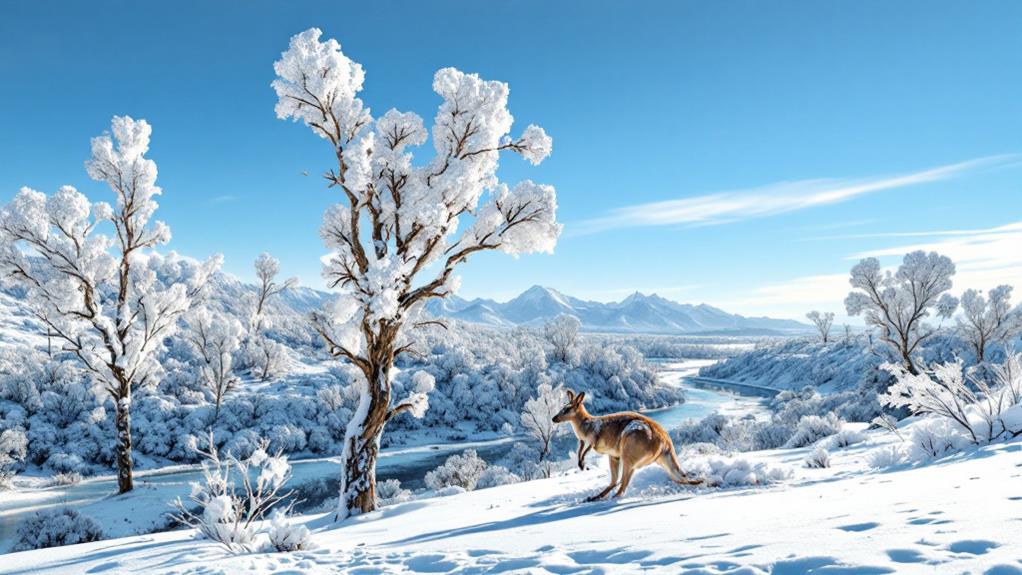
When winter descends upon Australia, you'll find some of the coldest locations tucked away in the southeast. Liawenee, a small town in Tasmania, stands out as Australia's coldest spot. During the winter months, temperatures here can plummet to a chilling 6.4°F (-14.0°C). Not far from Liawenee, the towns of Shannon and Miena also endure harsh winter temperatures, frequently dipping below freezing. These areas highlight how the southeastern regions of Australia, particularly Tasmania, experience some of the most intense cold during the cold season.
In New South Wales, you'll notice the trend continues. Suburbs like Cooma can witness winter temperatures dropping to around 15°F (-9.4°C). This makes Cooma one of the colder areas in the state, reinforcing New South Wales' reputation for experiencing frigid winters.
Interestingly, even Australia's desert regions aren't immune to winter's chill. While deserts are typically known for their heat, their extreme nighttime temperatures can surprise you. In the coldest locations of the desert, temperatures can fall to a shocking -26°F (-32.2°C), proving that the cold season's reach extends far beyond the southeast.
Popular Winter Destinations
Despite the cold temperatures gripping certain parts of Australia, there's no shortage of popular winter destinations that offer a different kind of allure. For a warm escape, head to the Great Barrier Reef. Even in winter, you'll find pleasant temperatures and low humidity, perfect for snorkeling and diving adventures. It's a fantastic spot to witness colorful marine life without the summer crowds.
If you crave snowy landscapes, Australia's ski resorts in the Australian Alps are a must-visit. They cater to winter sports enthusiasts with skiing and snowboarding options, offering a thrilling alpine experience. The snow-covered peaks provide a dramatic contrast to the warmer regions, making it a unique winter getaway.
Wine lovers will appreciate South Australia's wine regions. The cooler season transforms these areas into cozy retreats where you can indulge in tastings and tours amidst picturesque vineyards. It's a delightful way to savor the region's renowned wines while enjoying the winter ambiance.
Meanwhile, Melbourne turns into a cultural hub with its Winter Night Market. Discover local food stalls and crafts, soaking up the city's lively atmosphere. This colorful market showcases Melbourne's dynamic culture, making it a must-see during the winter months.
Seasonal Activities
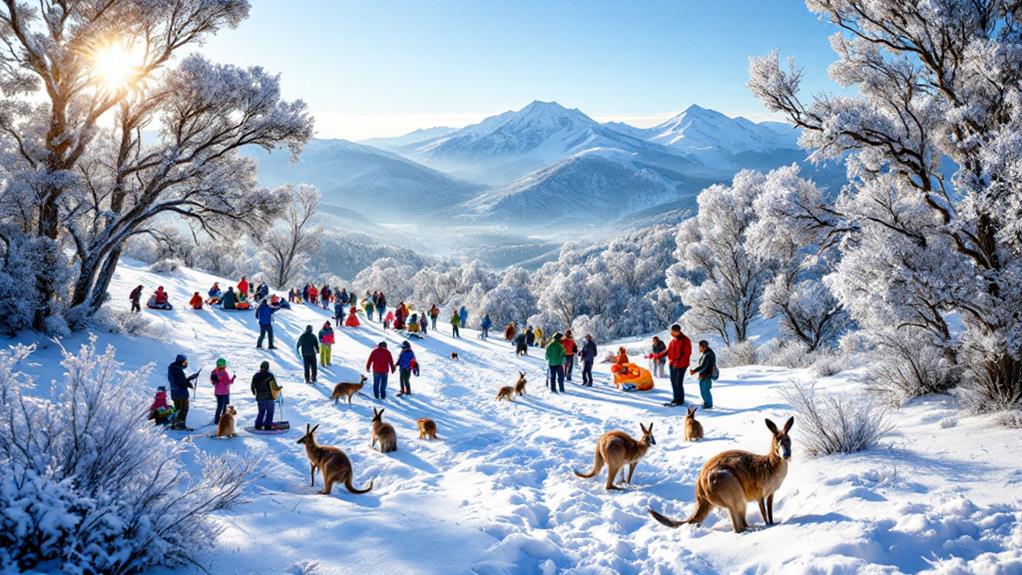
Winter's chill in Australia brings a host of seasonal activities that cater to every kind of traveler. If you're an adrenaline junkie, hit the slopes for skiing and snowboarding in the Australian Alps. Resorts in New South Wales and Victoria offer perfect powder during the cold season. Prefer something more relaxed? The coastal regions, like Cairns and the Whitsunday Islands, boast warm temperatures, making them ideal for snorkeling and plunging adventures.
Don't miss the chance for whale watching along the coastlines. July, the coldest month, is prime time to spot these majestic creatures. For those who love culture, Australia's winter festivals provide a lively experience. The Winter Night Market in Melbourne is a must-visit with its eclectic mix of food stalls, crafts, and cultural events.
Outdoor investigation is another fantastic option. Australia's national parks offer breathtaking hiking trails that reveal stunning winter landscapes. Discover Tasmania's trails, where temperatures drop as low as 6.4°F, and marvel at the frozen beauty of waterfalls. Regardless of if you're discovering the trails or enjoying a festival, Australia's winter activities are diverse and enchanting, ensuring a memorable experience.

